Rising gas prices: what’s the cause?
Gas prices. The retail price of gasoline relies on four main factors: crude oil, taxes, refining costs, and distribution and marketing.
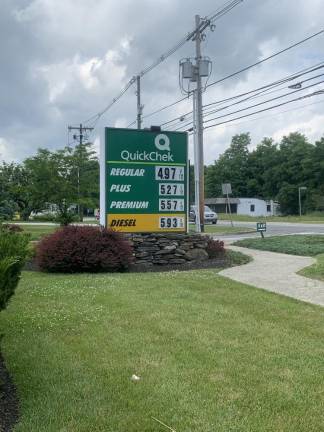
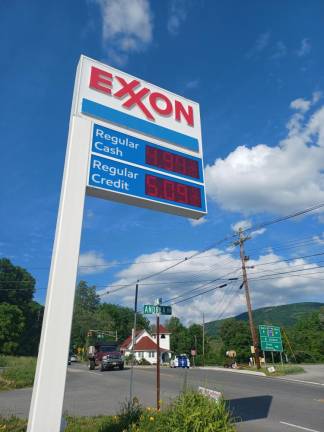
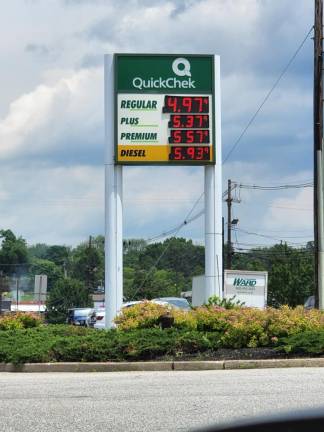
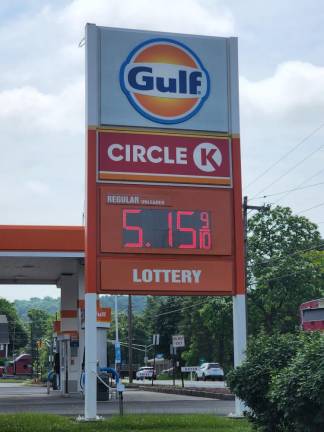
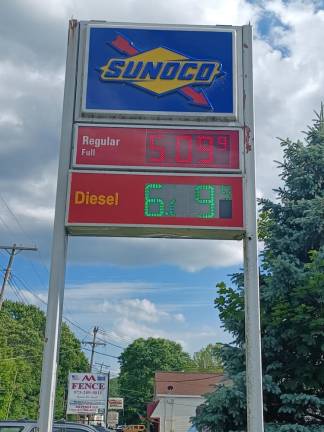
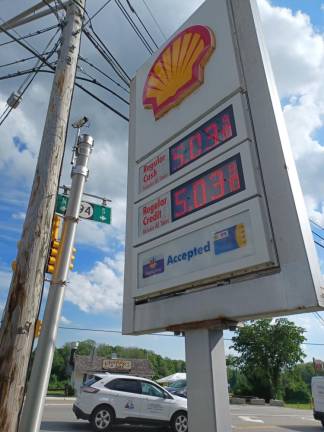
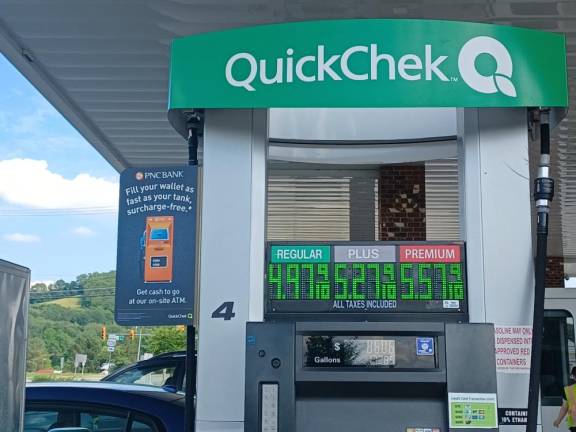
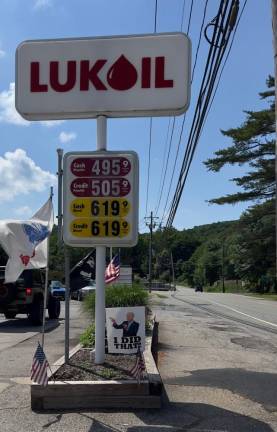
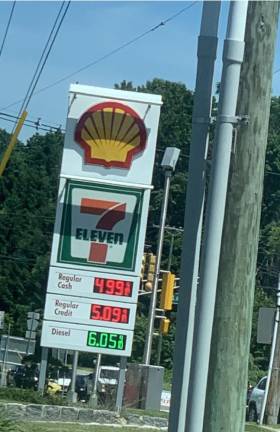
The price of gasoline has risen significantly in recent months, leaving local drivers to wonder who, or what, is controlling it.
The average retail price for gas in New Jersey, according to AAA, reached $5.059 per gallon on Monday, June 13, which is up almost 56 cents in the past month. Similar trends are seen in New York and Pennsylvania, with average gas prices reaching $5.037 and $5.069 per gallon, respectively. As local prices continue to rise, the question remains: What exactly determines the price of gas?
The retail price of gas relies on four main factors: crude oil, taxes, refining costs, and distribution and marketing.
Crude Oil
The cost of crude oil plays the largest role in determining the retail price of gas. The raw, natural material, which is purchased by the barrel, is refined into petroleum products like gasoline. Its cost is determined by the international economic forces of supply and demand, as well as geopolitics, and can vary regionally and over time.
Today, a barrel of West Texas Intermediate oil – a specific grade of crude oil that is used as one of the main benchmarks in oil pricing – costs approximately $122, which is up almost $22 in the past month. According to Forbes Advisor, one of the main reasons why oil prices are climbing is Russia’s war in Ukraine.
Taxes
Federal, state, and local government taxes also contribute to the retail price of gas. These taxes are paid by the consumer, but are sent to the government by the supplier. The federal tax on gasoline is 18.4 cents per gallon.
New Jersey’s state motor fuel tax is 42.4 cents per gallon, while in Pennsylvania it is 57.6 cents per gallon – some of the highest state taxes in the nation. Both states are considering legislation to alleviate the burden of high prices on drivers.
In New York, the state motor fuel excise tax is 17.3 cents per gallon. However, on June 1, the state announced a suspension of the state motor fuel excise tax, state sales tax, and Metropolitan Commuter District sales tax on motor fuel and diesel motor fuel, known as a “gas tax holiday” would be suspended through the end of the year.
Refining Costs
The costs of refining crude oil into gasoline also play a substantial role in the price of gas. Costs vary regionally, as different parts of the United States require different formulations of gas, due to air emission reduction laws. The differences in these formulations depend on the type of crude oil that is used, the technology and tools that are used in the refining process, and the ingredients that are blended into the gas.
Costs also vary seasonally, with the demand for gas increasing in the summer months. Because more people drive in the summer, refining costs rise, leading to an increase in gas prices as well.
Distribution and Marketing
Distribution, marketing, and retail dealer costs and profits contribute to the regional and local differences that appear in gas prices. Once refined, gas is transferred – via pipeline – from refineries to terminals, where it is inspected and altered to meet the specifications of the local government and market. Ingredients that are added to gas, like fuel ethanol, also raise the price. From there, it is shipped to individual gas stations by tanker truck. The price of gas at each individual station reflects a number of factors related to profit motive.
The unique location of each station is a major determinant of the price at the pump. Because stations must account for transportation costs in their prices, the further that a station is from sources of supply – like ports, refineries, pipelines, and terminals – the higher the retail price of gas tends to be. Disruptions in the transportation and distribution process hinder chains of supply, adding an additional cost, and therefore, affecting the price.
Additionally, the cost of land in convenient areas, such as directly next to an interstate, is typically higher. Gas stations in these positions must raise their prices to offset higher real estate costs.
Gas prices also reflect the marketing strategy of each station’s owner, which is why prices can vary between stations that are located near one another. Factors related to competition, like the number of stations and their proximity to one another, as well as traffic flow, are reflected in each owner’s strategy.
Some stations even have alternate sources of income – like convenience stores and car washes – that allow them to lower the price of their gas. However, station owners must also take business costs – like employee wages, equipment, insurance, and government fees – into account when setting these prices.
In short, there is no single factor or group of people that controls the price of gas on a daily basis; the retail price of gas is determined by a complex collection of international, national, and local influences.
